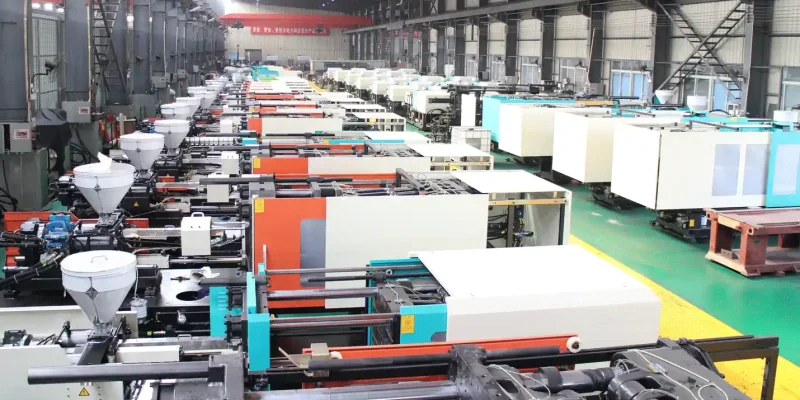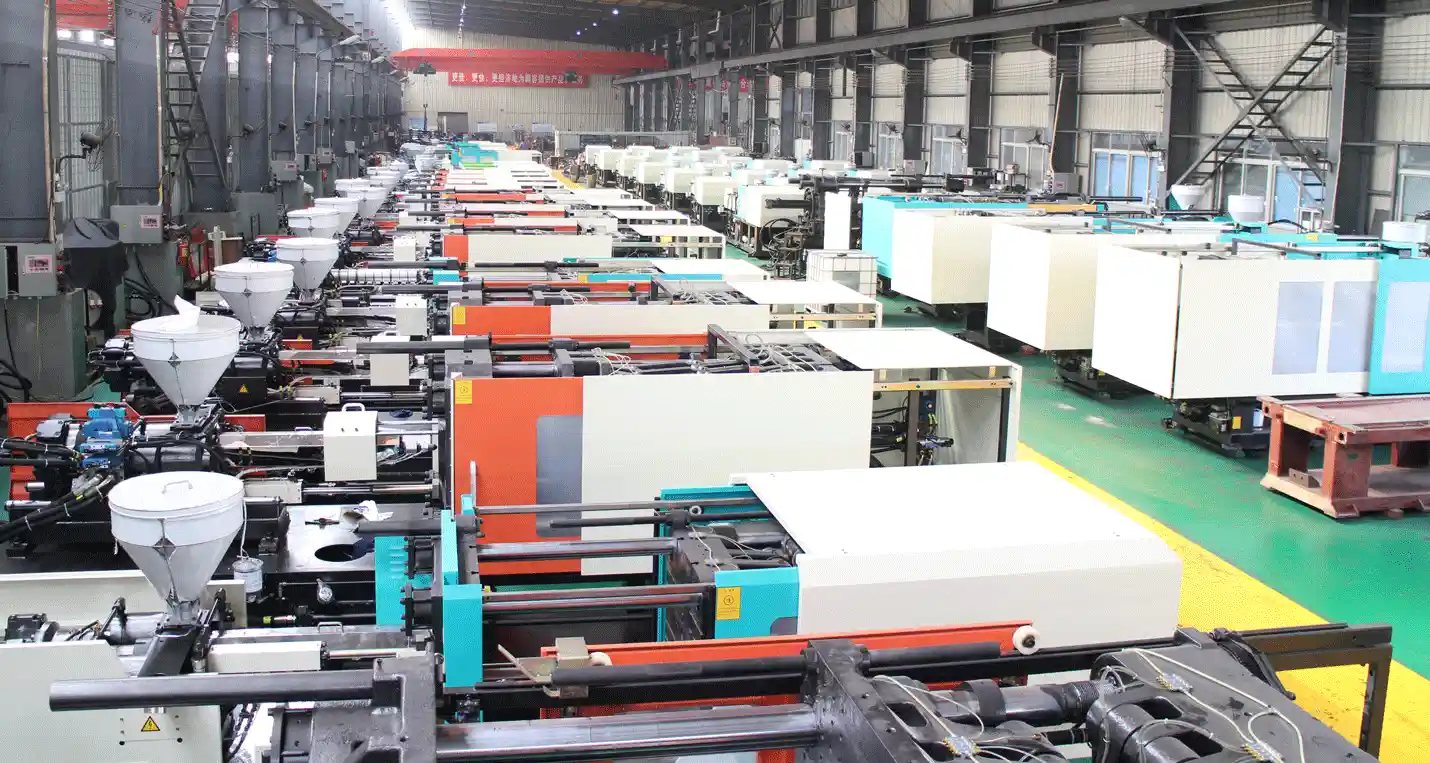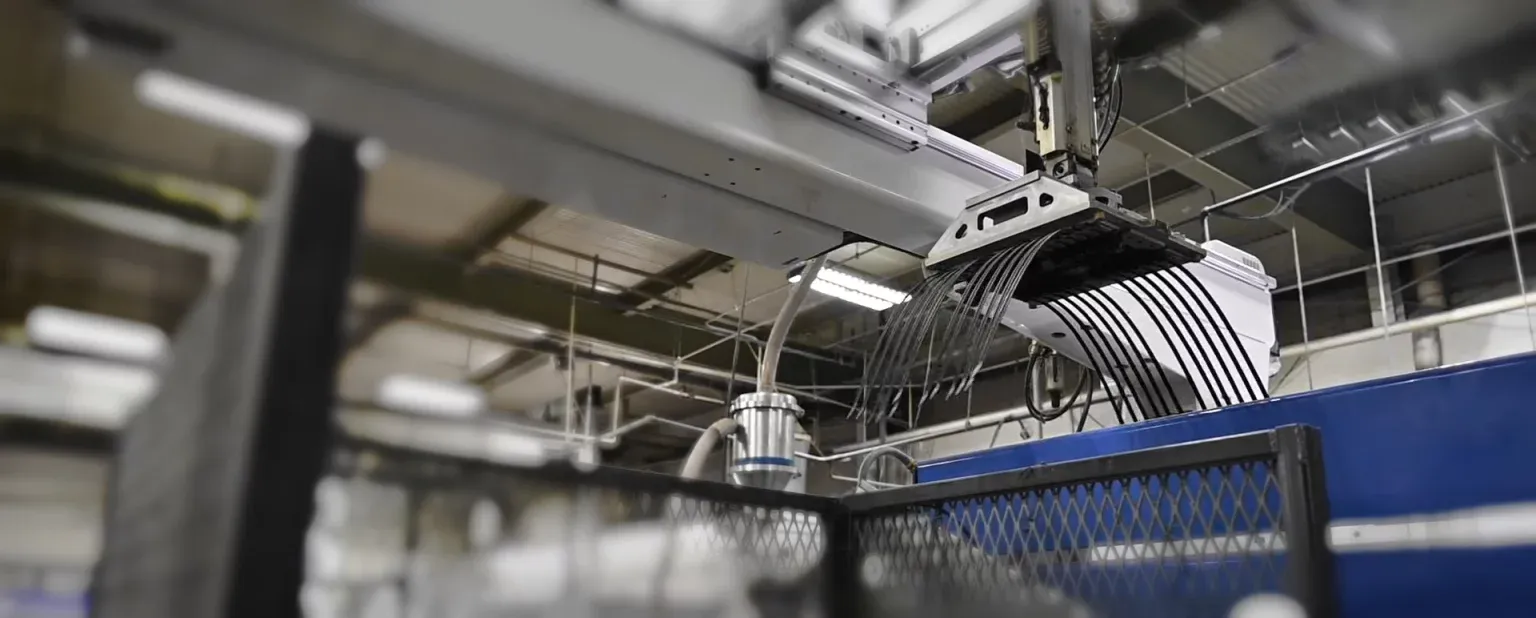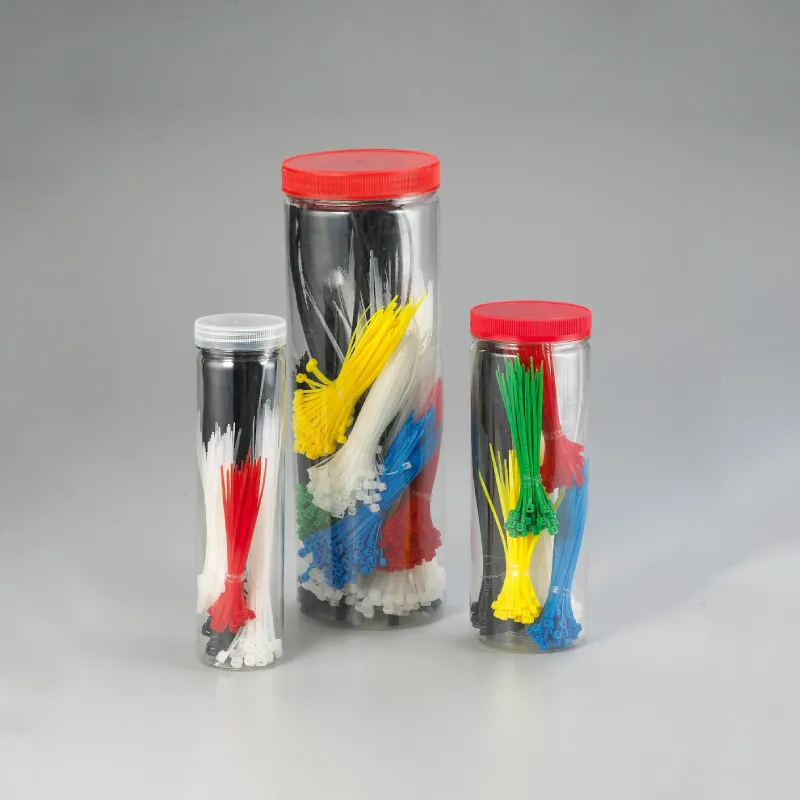Cable ties are indispensable in many industries, offering a simple yet effective solution for bundling and fastening items. But have you ever wondered how these essential tools are made? The manufacturing process of cable ties is a fascinating blend of advanced technology and precise engineering. Let’s delve into the step-by-step process of how these versatile devices come to life.
Raw Material Preparation
The journey begins with raw material preparation, where nylon 6/6, a durable type of polyamide, is carefully selected for its strength and flexibility. Nylon pellets are placed in a dryer to remove any moisture, ensuring optimal conditions for the molding process. This step is crucial as excess moisture can affect the stability and quality of the final product.
Injection Molding Process
Next, the dried nylon pellets are fed into an injection molding machine, where the magic happens. Here’s a closer look at this process:
- Heating: The pellets are heated to over 260°C (500°F) until they melt into a viscous state, ready for molding.
- Injection: The molten nylon is injected into molds under high pressure. Each mold contains multiple cavities, allowing several cable ties to be formed simultaneously. For instance, molds for smaller ties may have up to 150 cavities, while larger ties typically have fewer.
- Cooling: Once injected, the molds are cooled, solidifying the nylon into the shape of cable ties. Cooling times vary based on the size of the ties, with smaller ones cooling faster than larger ones.
Automated Removal and Quality Control
After being molded, precision robots remove the cable ties from the molds and place them onto conveyor belts for further processing. Automated systems then perform real-time monitoring to ensure each tie meets specified dimensions and quality standards. Any detected defects prompt immediate adjustments to the production parameters, maintaining high-quality output.
Packaging and Sorting
Following quality checks, the cable ties are automatically packaged. This process involves sorting them by size and type, improving efficiency and reducing labor costs. Additionally, a small amount of moisture is reintroduced to maintain the flexibility of the finished products, ensuring they perform effectively in various applications.
Data Collection and Analysis
Modern manufacturing facilities leverage data collection systems that monitor production speed, energy consumption, and product quality in real time. This valuable data helps identify potential issues early, allowing for swift corrective actions and optimization of the production process for better efficiency and consistency.
Conclusion
The manufacturing of cable ties is a highly automated and meticulously engineered process that guarantees reliability and quality. From the initial preparation of raw materials to the final packaging, each step is designed to produce high-quality cable ties that meet the stringent demands of various industries. By understanding this intricate process, we can appreciate the technology and precision that goes into creating these essential fastening tools.





